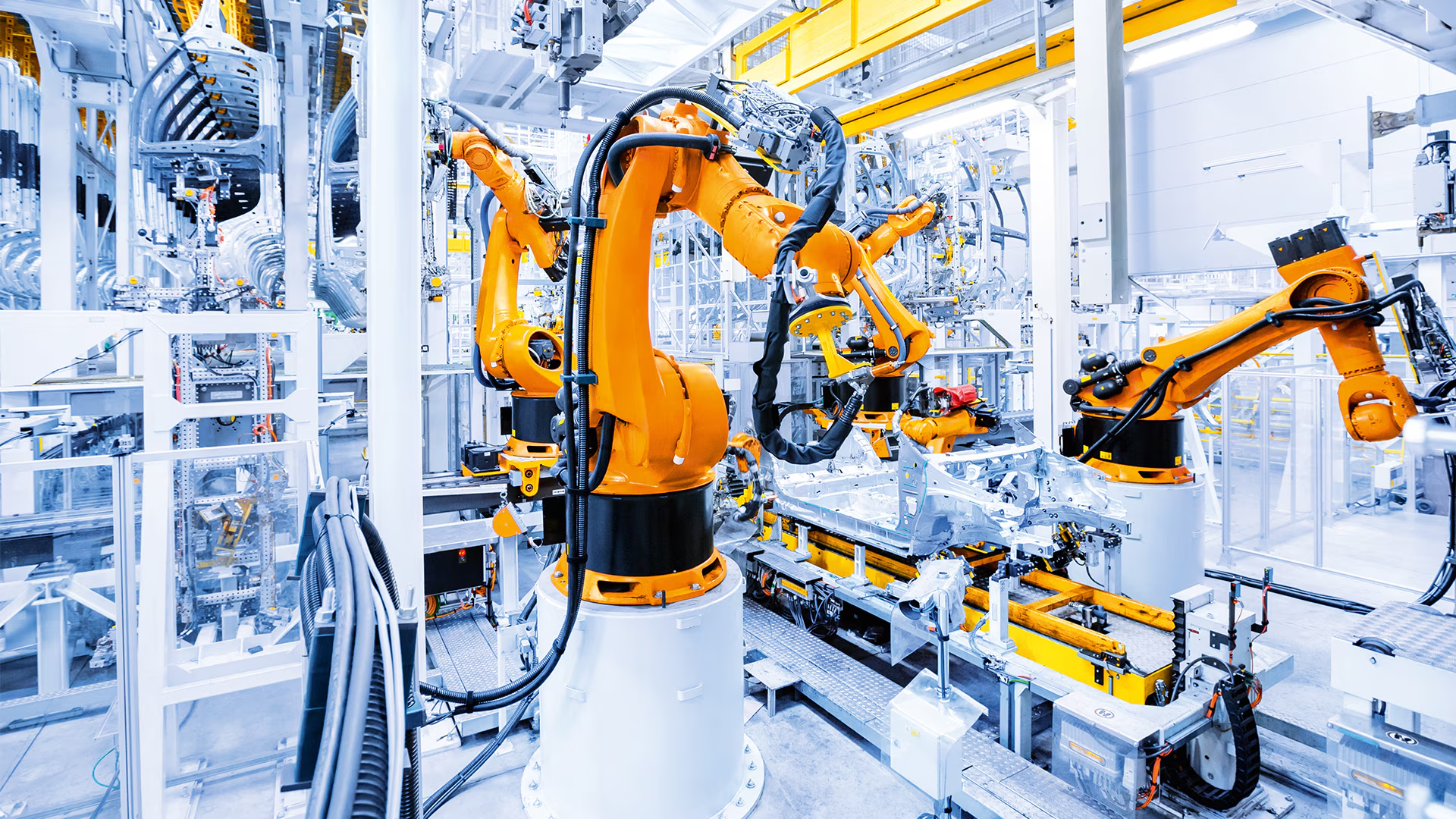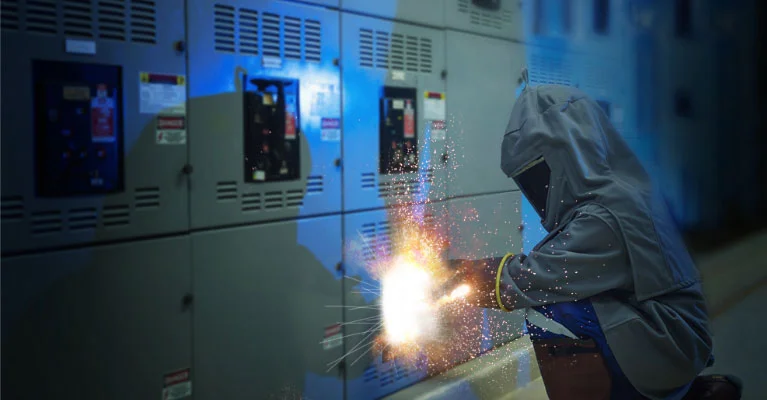The integration of robotics in industrial environments has revolutionized production efficiency and precision. However, as robots become a central component of modern manufacturing, ensuring the safety of both human workers and robotic systems is paramount. This article examines the hazards associated with industrial robotics, outlines best practices for mitigating risks, and explores the role of technology and training in creating a safe automated environment.
Understanding the Industrial Robotics Landscape
Industrial robots perform tasks ranging from welding and painting to material handling and assembly. While automation can enhance productivity, the close interaction between humans and robots in collaborative workspaces introduces unique safety challenges. Robotics safety is not only about protecting workers from physical harm but also ensuring that automated systems operate reliably under varying conditions.
Common Hazards in Industrial Robotics
1. Collision and Impact Risks
- Hazard: Robots moving at high speeds or operating in shared spaces with humans can lead to collisions, causing injuries or damage to equipment.
- Factors: Insufficient separation between work zones, lack of sensors, or outdated safety protocols can increase the likelihood of accidents.
2. Unintended Robot Movements
- Hazard: Software glitches or mechanical failures might trigger unexpected robot actions.
- Factors: Programming errors, sensor malfunctions, or inadequate maintenance can result in uncontrolled motions.
3. Human-Robot Interaction (HRI) Risks
- Hazard: Collaborative robots (cobots) working alongside humans may inadvertently cause injury during manual handling or close-proximity tasks.
- Factors: Miscommunication, lack of training, or absence of clear safety boundaries can contribute to HRI risks.
4. Emergency Shutdown Failures
- Hazard: Inability to quickly halt robot operations in emergency scenarios can exacerbate accidents.
- Factors: Faulty emergency stop systems or delays in triggering shutdown protocols are critical concerns.
Best Practices for Industrial Robotics Safety
A. Engineering and Design Controls
1. Safety Zones and Physical Barriers
- Zone Definition: Clearly demarcate areas where robots operate and restrict access to high-risk zones.
- Barriers: Install light curtains, fencing, or laser scanners to create physical or virtual boundaries that prevent unauthorized entry.
2. Advanced Sensor Integration
- Collision Detection: Use multi-sensor systems—including vision, infrared, and proximity sensors—to monitor the robot’s environment and detect potential collisions.
- Real-Time Monitoring: Integrate sensors with automated controls that can adjust robot speeds or stop operations if unsafe conditions are detected.
3. Redundant Safety Systems
- Dual Shutdown Mechanisms: Implement redundant emergency stop systems that allow for rapid shutdown of robots in case one system fails.
- Fail-Safe Design: Ensure that robots default to a safe state during power loss or system errors.
B. Administrative and Procedural Controls
1. Risk Assessments and Safety Audits
- Initial Assessments: Conduct thorough hazard assessments before deploying robots, considering all potential interaction scenarios.
- Ongoing Audits: Regularly review and update safety protocols and maintenance schedules to ensure compliance with evolving industry standards.
2. Robust Training Programs
- Operator Training: Ensure that all personnel interacting with or working near robots are well-trained on operational protocols, emergency procedures, and the proper use of safety equipment.
- Simulation Drills: Conduct regular drills and simulations to prepare workers for unexpected incidents, enhancing their readiness and response times.
3. Clear Communication and Documentation
- Standard Operating Procedures (SOPs): Develop comprehensive SOPs for robot operation, maintenance, and emergency shutdown procedures.
- Incident Reporting: Establish a robust system for reporting near-misses and incidents to continuously improve safety measures.
Leveraging Technology for Enhanced Safety
1. Digital Twin and Simulation Tools
- Virtual Testing: Use digital twin technology to simulate robot behavior under various conditions, allowing safety issues to be identified and addressed in a virtual environment before physical deployment.
- Predictive Analytics: Leverage data analytics to forecast potential equipment failures and preemptively schedule maintenance.
2. Collaborative Robotics (Cobots)
- Built-In Safety Features: Design cobots with inherent safety features, such as force limitation, that reduce injury risks during human interaction.
- Adaptive Learning: Employ machine learning algorithms to improve the robot’s ability to predict and react to human movements, further minimizing hazards.
Cultivating a Culture of Safety
Creating a safe environment in an automated industrial setting requires more than just technological fixes. It calls for a cultural shift where safety is integral to operational excellence:
- Leadership Commitment: Management must champion safety initiatives and invest in ongoing training and technology upgrades.
- Employee Involvement: Encourage workers to participate in safety planning and feedback sessions, ensuring that frontline insights help shape best practices.
- Continuous Improvement: Regularly update safety protocols based on new technologies, industry trends, and lessons learned from past incidents.
Conclusion
Industrial robotics safety is a dynamic field that balances the benefits of automation with the imperative to protect human workers. By integrating advanced engineering controls, robust administrative procedures, and a culture that prioritizes safety, industries can harness the full potential of robotics while minimizing risks.
As automation continues to evolve, so too must our approaches to safety. A proactive, technology-driven, and human-centered safety strategy is essential for creating a secure and productive industrial environment—one where robots and humans work in harmony to drive innovation and operational excellence.
Discover more from HSEProHub
Subscribe to get the latest posts sent to your email.



